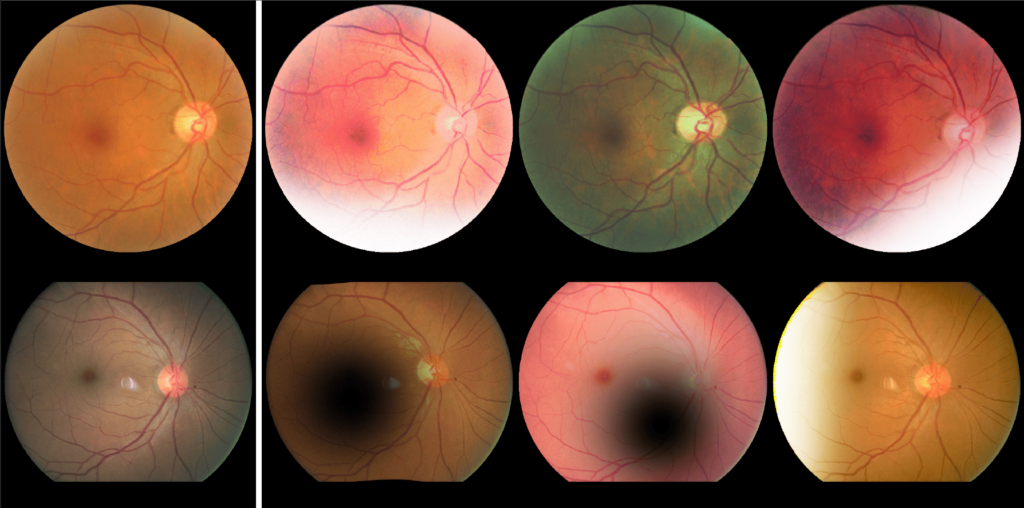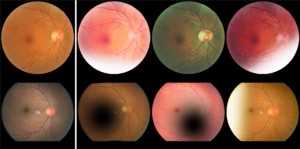AI image analysis: from biomedical to biodiversity protection


Étienne Decencière heads the Centre de Morphologie Mathématique (CMM) at Mines Paris – PSL, dedicated to the analysis of images and, more generally, spatial data. But what is “mathematical morphology”? “ It’s a discipline invented at Mines Paris – PSL in the 1960s ”, explains the researcher. “ This mathematical theory met with great success, particularly due to its applications in image analysis, long before the rise of artificial intelligence tools. In recent years, however, the laboratory has embraced the advent of techniques such as deep learning, based on artificial neural networks, sometimes combining them with its expertise in mathematical morphology. For historical reasons, however, it has kept its name.
Image analysis is a field of study of interest to a wide range of sectors, from medicine to industry and astronomy. And the CMM has chosen to open up to multiple fields of application. “ Originally, the laboratory worked on images of rocks from mines, for example, to study their permeability,” explains Étienne Decencière. “ Then we quickly opened up to other applications. What’s always been important to us in a project is that it brings us new theoretical challenges to take up and meets a socio-economic need. ”
So, for the past fifteen years, Étienne Decencière has been devoting part of his research to the biomedical field, in particular retinal imaging. “ The first project, which began before the revolution brought about by deep learning, was to help screen for diabetic retinopathy, a common disease among individuals suffering from diabetes,” presents the researcher. Working in partnership with doctors at Lariboisière Hospital, the research team developed methods for detecting signs in retinal images that could indicate the development of diabetic retinopathy. The aim of this analysis was to detect suspicious cases so that they could be referred to a practitioner for diagnosis.

Application to retinal imaging
At the end of the project, the tools developed showed satisfactory results in detecting the targeted disease. “ On the other hand, we sometimes missed serious cases of other pathologies,” concedes Étienne Decencière. “ Our models were therefore efficient, but specific. But it’s very difficult to learn about all diseases, especially as some can be rare, and therefore documented by too few images. ” This observation led to the creation of a new area of research within the CMM: the detection of abnormal images. Instead of focusing on the markers associated with a particular pathology, the idea was to identify the possible presence of anomalies in a retinal image, just as a doctor might do.
In fact, this is one of the aims of a thesis that is nearing completion, led by Thomas Langrognet, a doctoral student at CMM, under the supervision of Étienne Decencière. “ Our aim is to use artificial neural networks to detect, like the human eye, the presence of abnormal elements on a retinal image ”, he explains. “ During the learning phase, our model is fed healthy images, so that it can subsequently identify deviations from what it has determined to be normal. ” This work, carried out in partnership with the start-up AiScreenings, has led to the filing of two patents and will shortly be the subject of scientific publications demonstrating an improvement in the state of the art.
The learning phase – a key stage for any deep learning model – requires a sufficiently large dataset to enable the algorithm to correctly represent the phenomenon it needs to observe. A requirement that is often difficult to satisfy, as in the case of the RetinOptic project, led by the CMM from 2014 onwards. “ It was one of the first projects for which we used deep learning,” recalls Étienne Decencière. “ Our role was to provide a tool for estimating the quality of retinal images. However, while there were a few databases available, few of them contained sufficient annotations. Consequently, one of the objectives of the project was precisely to set up an annotated database. ”
Étienne Decencière and Robin Alais, then a doctoral student at CMM, conducted interviews with practitioners with the aim of defining the quality criteria for a retinal image. These discussions enabled them to annotate a database of some 3,000 images themselves.
Other sectors interested in CMM’s work include the cosmetics industry. Since 2008, the laboratory has been working with L’Oréal on skin-related applications. At the time, the company needed tools to automatically analyze the 3D images provided by the multiphoton microscope it had just acquired. Since this initial work, the partnership has never been interrupted, and has evolved towards other types of images and new problems.
“ For example, we tackled a segmentation problem for which L’Oréal was not obtaining sufficiently satisfactory results using conventional methods”, says Étienne Decencière. “ To this end, we combined deep learning models with mathematical morphology tools, a combination that yielded very convincing results. ” For the company, the objective was to obtain a segmentation of the different skin layers, in order in particular to measure the effects of products applied to human tissue samples reconstructed in vitro. Automatic image analysis was also to help measure the concentration and distribution of melanin within the different layers.
“ Nevertheless, we don’t know all the applications envisaged by L’Oréal using the image analysis tools generated,” stresses the researcher. “ On the other hand, we feel the satisfaction of knowing that our work is actually being used by our industrial partner. ” To this end, the research team generally provides its code, written in Python, which is then encapsulated in an ergonomic application, a task carried out by a company partner. It’s a win-win situation that respects the intellectual property rights of everyone involved.
“ Our discussions with L’Oréal also led us to raise the issue of threats to biodiversity, insofar as many of the ingredients used by the company come from nature,” adds Étienne Decencière. An issue that echoes the current state of affairs at CMM, as it is now focusing much of its work on questions surrounding the ecological transition.
For example, the laboratory is currently working on a project with EDF to analyze fish images. “ EDF’s activities, through some of its structures such as hydroelectric plants, have an impact on watercourses and the animal species that live there,” observes the researcher. “ To measure and minimize this impact, the company deploys acoustic cameras that regularly capture images of aquatic fauna. The challenge is then to identify and count the species present in the shots, despite the cameras’ low resolution. ” Thanks to automatic image analysis tools, EDF will be able to better monitor the evolution of fish presence according to time of day or season, and adapt the operation of its equipment accordingly.
In addition, the CMM will shortly be starting a thesis as part of the “ The Transition Institute 1.5 ( TTI.5)” initiative at Mines Paris – PSL. Its aim: to develop image analysis tools to identify freshwater plankton species in experimental lakes and monitor changes in their populations. “ This study comes with many challenges,” notes Étienne Decencière. “ We need to be able to recognize all plankton species, including the rarest, which are poorly represented – if at all – in annotated databases. Anomaly detection can therefore play a major role here. What’s more, plankton are organisms that float in water. As a result, captured images may display representatives of the same species in widely varying positions, but this should not hinder analysis. ”
This work illustrates the desire of CMM researchers to get involved in the crucial issues linked to the ecological transition. This motivation is currently driving the center to consider the creation of a chair on the subject, which would aim to develop tools for measuring biodiversity, modeling it and making projections. Such a chair would bring together several research centers at Mines Paris – PSL, including the CMM, the Institut Supérieur d’Ingénierie et de Gestion de l’Environnement (ISIGE) and the geostatistics team at the Geosciences center.

AI continues to revolutionize many fields, including medicine. The Santé Numérique seminar of theInstitut des Transformations Numériques (ITN) of Mine...